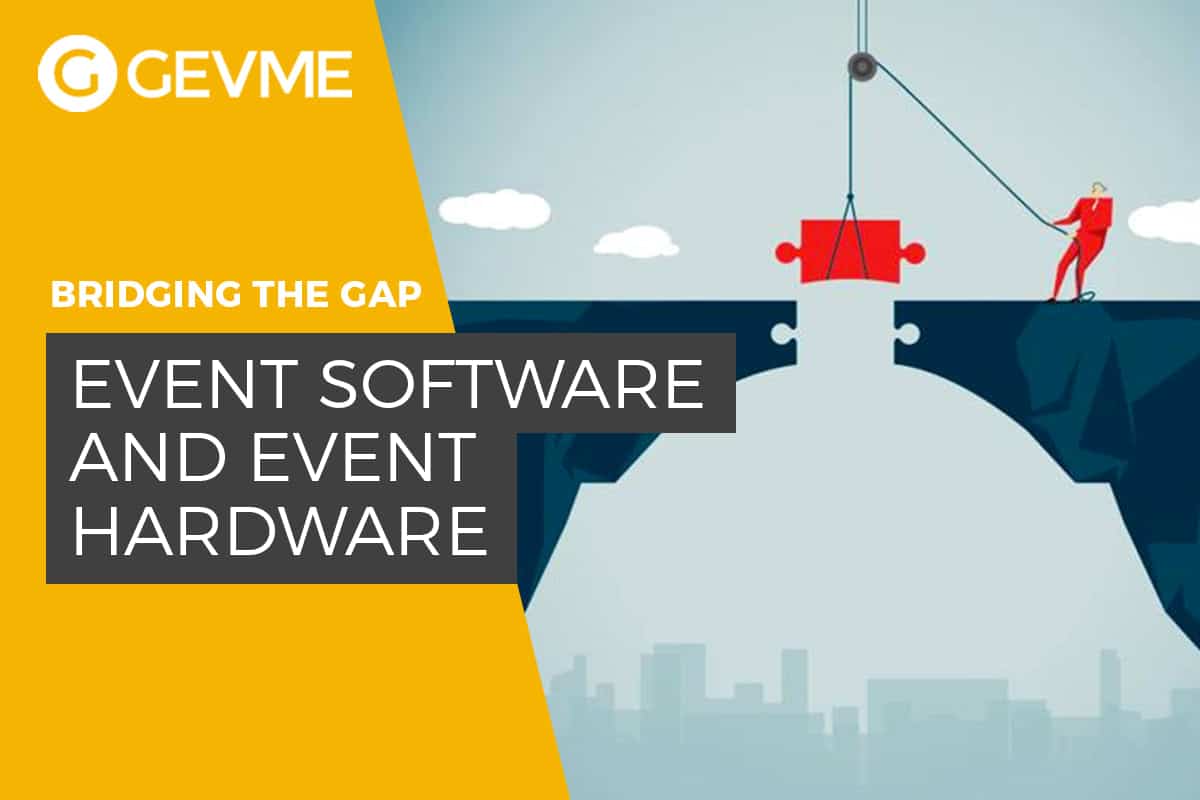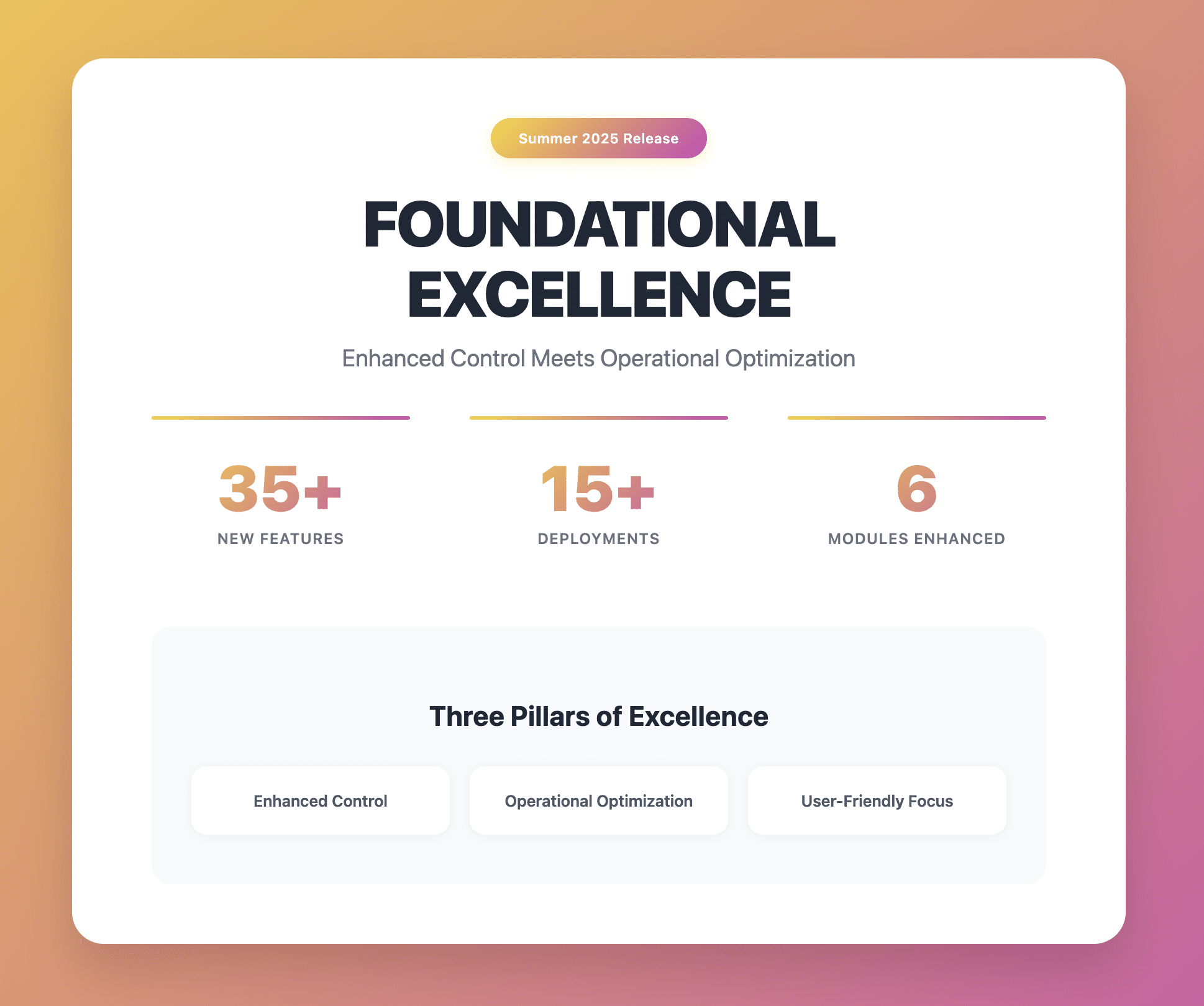To attain maximum efficiency at events, you need a love story. By making hardware fall in love with software, you have the best chance to turn your event activities into a success. Despite the fuss about technology, it isn’t the only aspect responsible for the coordinated work at events. By bridging the gap between event software and hardware, event managers can fully cater to the needs of attendees.
The differences between hardware and software
To capture the difference between hardware and software, let’s define each concept separately first.
What is software?
Software can be defined as the set of specific instructions, based on which a user can interact with a machine, either a computer or another physical entity.
What is hardware?
Hardware is any physical component of a computer system. The examples of hardware include a screen, a monitor, or a smartphone.

In contrast to software, which is always based on code, hardware can be defined as any physical device that is aligned with machine work. If you’re an event organizer, you always need the combination of hardware and software to conduct processes like registration, onsite check-in, or crowd management. For example, to set up the process of self-registration, you have to use the software to process the choices of a registrant, and a computer or a laptop as the physical medium for conducting the interaction with the software.
The definition of a gap between event software and hardware
The gap between software and hardware at events can be identified through the deficiencies and breaches in technical facilities or applications. Thus, we can define the concept of a hardware-software gap as the sign of incompatibility between physical facilitation and the programs used.
What is the problem?
The major mistake of many event managers is that they often focus on the advanced software solutions to impress the attendees with the abundance of fancy tech features. However, they don’t always check how the selected programs resonate with hardware. Accordingly, while choosing an event management software, it is critical to consider whether the provider caters to the hardware needs, provides the necessary facilities, and can instruct a client on how to use the programs without any system breaches.
The key gaps between event software and hardware
Let’s analyze the major problems with compatibility between hardware and software:
- Lack of cooperation. If the teams developing the hardware and the software work separately and don’t use the “parallel mode,” they risk getting incompatible hardware-software models in the end. It’s almost impossible to adjust the new hardware to the existing software, which means it’s critical for the developers of event management platforms to align their tasks step by step.

- No installation assistance. Although there’s a huge number of successful event software platforms out there, many of them sell their services without helping with installation. This can result in the wrong selection of equipment, the lack of hardware appliances, and breaches based on incompatibility.
- Inconvenient use. The unity of hardware and software is particularly crucial at the stage of attendees’ check-in. If the systems for registration aren’t equipped with efficient laptops, printers for badge printing, and help-desks, this causes inconveniences.
- Low-quality logistics. To ensure the success of an event in terms of queue management and setup configurations, logistics has to enter the game. With incompatible hardware and software, it’s impossible to create efficient equipment layouts that work for registration success.
How to close the gap between hardware and software step by step

The quality of onsite registration, as well as other technology-based interactions at events shape the mood and experiences of attendees. To generate maximum benefits and make your event meaningful, learn how to close the gap between hardware and software step by step:
#1. Inquire information on hardware compatibility. At the stage of selecting an event management platform, find out whether the company offers optimized hardware as well as software. The key hardware systems that work well to support software efficiency at events include laptops, tablets, printers & consumables.
#2. Think of the layout. Check to see if the team can help you with setting up the optimal layout for onsite registration, based on the number of attendees, queue management standards, and the facilities in use.
#3. Leverage experience. The data and feedbacks collected at previous events that were powered by the event management system can give you a clue to organizing the work. Catch up with the team on the matter of compatibility concerns and inquire whether the onsite team has responded to the breaches that have arisen during onsite registration. This way, you’ll get a good understanding about whether the event system will fit in your event or not.
#4. Learn. To understand how software and hardware should work together, you have to learn what successful onsite management includes. Discover the successful practices of event management software use and choose compatibility based on your knowledge.
Get started with Gevme and experience perfect relationships between event software and hardware.








